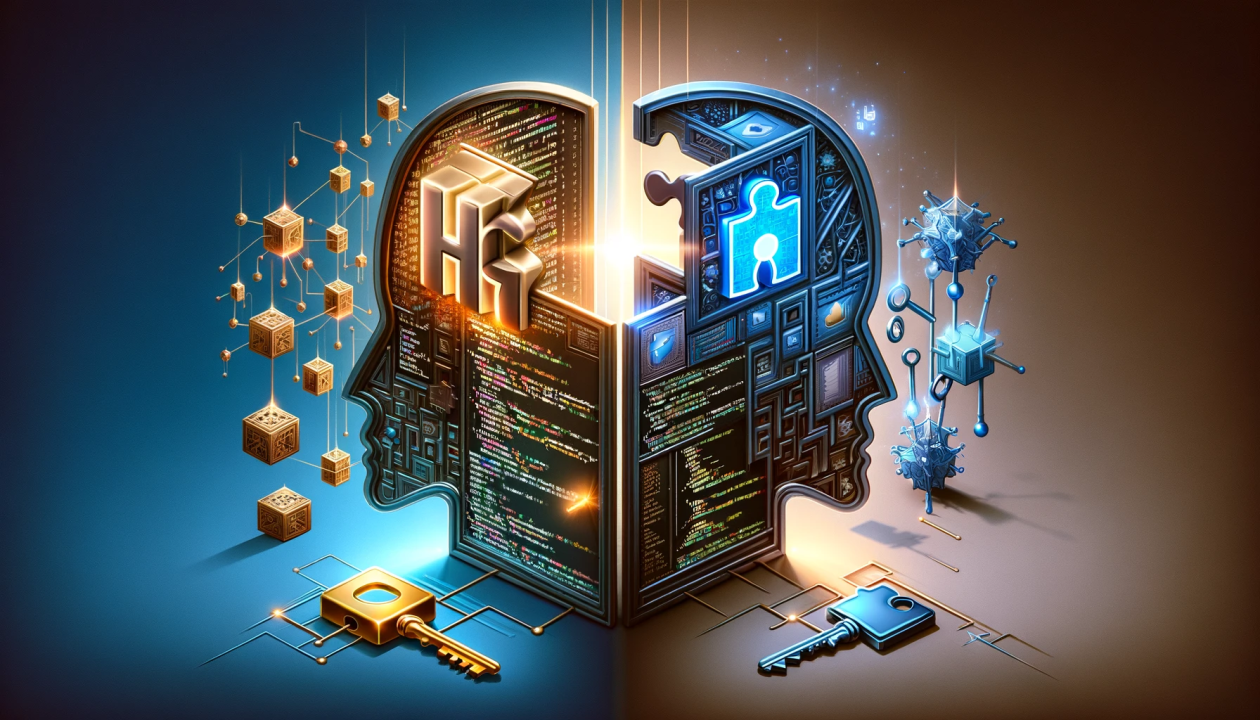
Prompt Engineering: The HTML of LLMs
Benjamin Gold
Unofficial storyteller for Generative AI and Large Language Models (LLMs) marketing technology for all brands and audiences
In an era where digital innovation is unfolding by the minute, the emergence and integration of AI assistants into our daily lives stands as a testament to the leaps we've made in technology. Among these advances, Large Language Models (LLMs) like ChatGPT have not just entered the scene; they've revolutionized it, redefining how we interact with the vast digital expanse. ?
Our ability to access personalized and contextualized knowledge with only a few short sentences is already disrupting industries and roles from customer service to content creation. As the technical capabilities of these models are advancing by leaps and bounds, communicating with them through prompts is changing as we learn more about how they work and unlock more of their own capabilities. With consumer-facing LLMs, from Microsoft's Co-Pilot and Google Gemini to domain and business-specific LLMs like Jasper, there's no doubt that how we access large models will become less reliant on complex interactions or chain-of-thought prompting. ?
A similar shift occurred with hypertext markup language (HTML), the building blocks of the world wide web, and I believe prompt engineering is to AI assistants what HTML is to websites and web content. Both serve as the foundational structures that dictate the presentation and function of their respective domains, and both offer insights, understanding, and customization to those who can speak the language. ?
The HTML of AI Assistants ?
As the standard markup language for documents designed to be displayed in a web browser, HTML provides the essential structure for web content, giving it form and meaning. Over the years, direct interaction with HTML has diminished for the everyday user, thanks to the advent of higher-level tools and interfaces that abstract away the complexity. The emergence of WordPress, SaaS services such as Squarespace or Wix, and social platforms that encourage seamless posting and promoting means fewer people use HTML daily. However, for web professionals, a deep understanding of HTML remains invaluable, enabling them to solve complex problems and execute custom projects with precision. ?
Even as a non-developer I find myself using HTML to hunt down a company's email address in their form code, customize content in one of the many different CMS platforms I use, or add in a bit of formatting flair to email signatures.?
In parallel, prompt engineering shapes the interactions between humans and AI assistants. By carefully constructing prompts, both engineers and users can guide AI responses in specific directions, much like how HTML structures and presents content on the web. ?
领英推荐
As AI technology progresses, tools and services will diminish the need for direct interaction with a model, supplanted by more intuitive interfaces and adaptive AI systems. However, the diminishing need for direct interaction does not render the skills and knowledge behind prompt engineering obsolete. On the contrary, akin to how a deep understanding of HTML remains a powerful asset for web professionals, expertise in prompt engineering will continue to hold immense value. It empowers users by providing a set of sophisticated tools for crafting bespoke solutions and tackling intricate problem-solving tasks. This expertise enables individuals to tailor AI interactions to specific contexts and challenges, ensuring that the technology can be effectively grounded and leveraged across various industries. ?
The Evolution of Interaction and Abstraction in Generative AI ?
In the coming years, the landscape of AI tool interaction and abstraction is set to undergo transformative changes, steering towards interfaces that are more intuitive and centered around human needs. This shift signifies a move away from the complexities of AI's current technical underpinnings, favoring a user experience that requires less specialized knowledge to leverage AI's power effectively. Such advancements will see AI systems gaining a more profound ability to discern user intentions and adapt to their specific needs and contexts with minimal direct input. The evolution in natural language processing will reach beyond mere word recognition to grasp the nuances of user intent and emotions, narrowing the communication divide between humans and machines even further. Consequently, interactions with AI will become as effortless and natural as conversing with a human counterpart, paving the way for digital experiences that are not only more aligned with user expectations but also highly personalized and efficient. ?
Prompt Engineering as a Superpower ?
With generative AI technologies permeating every aspect of our lives, understanding the art of prompt engineering will not only enhance our capability to steer conversations with AI but also unlock possibilities to leverage a model's data in customized and innovative ways. This expertise grants us agility, control, and flexibility in an increasingly AI-driven world, much as HTML knowledge has done within the realm of web development. Embracing this skill will not only enable us to navigate the current landscape but also shape the future of human-AI interaction. As our ways of interacting with AI inevitably evolve, most users will enjoy a seamless and engaging experience, yet it's the skill of prompt engineering that unveils the untapped potential of generative AI, inviting us into less charted territories for unique digital expression and discovery.?
?